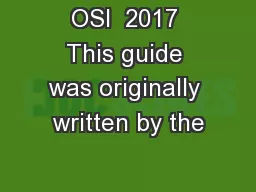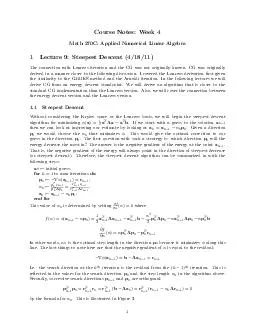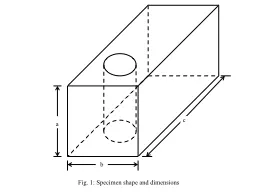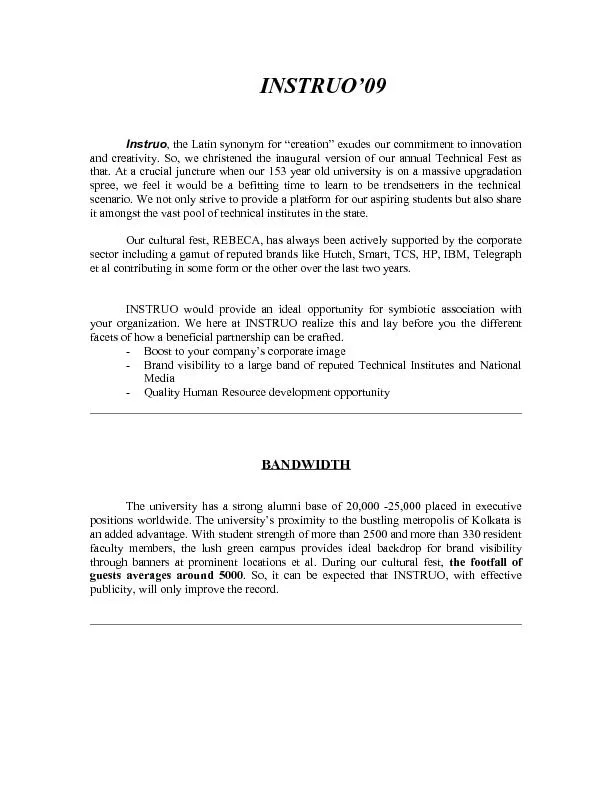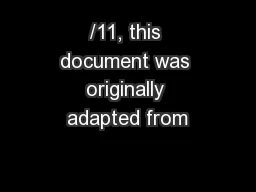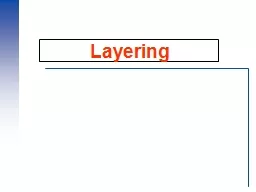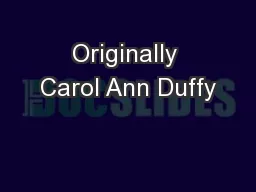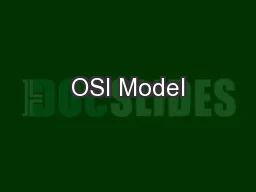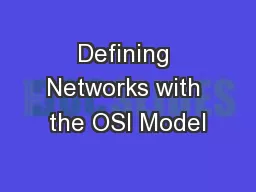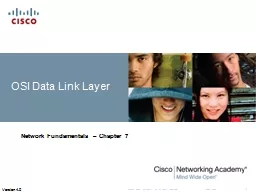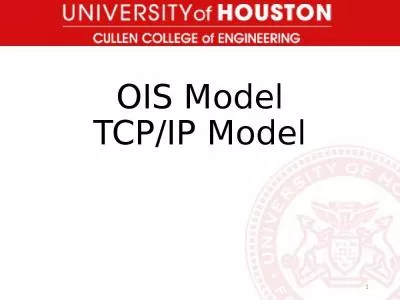PPT-OSI 2017 This guide was originally written by the
Author : faustina-dinatale | Published Date : 2018-03-21
Artefact Group for use at OSI2016 It has been adapted with permission for use at OSI2017 Facilitator Guide OUTCOMES OSI2017 OSIs mission Advance open scholarship
Presentation Embed Code
Download Presentation
Download Presentation The PPT/PDF document "OSI 2017 This guide was originally writ..." is the property of its rightful owner. Permission is granted to download and print the materials on this website for personal, non-commercial use only, and to display it on your personal computer provided you do not modify the materials and that you retain all copyright notices contained in the materials. By downloading content from our website, you accept the terms of this agreement.
OSI 2017 This guide was originally written by the: Transcript
Download Rules Of Document
"OSI 2017 This guide was originally written by the"The content belongs to its owner. You may download and print it for personal use, without modification, and keep all copyright notices. By downloading, you agree to these terms.
Related Documents

